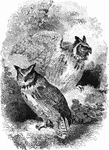Clipart tagged: ‘owls’
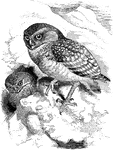
Two Burrowing Owls by the Mountains
"Speotyto cunicularia, the Burrowing Owl, a comparatively long-legged and short -winged bird with incomplete…

Burrowing Owl
"Speotyto cunicularia hypogae'a. Burrowing Owl. Adult: Above, dull grayish-brown, profusely spotted…
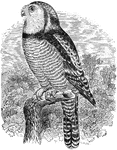
Hawk Owl
"Surnia funerea. American Hawk Owl. Day Owl. Bill and eyes yellow; claws brownish-black. Upper parts…
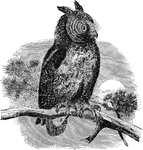
Screech Owl
Scops. Little Horned Owls. Screech Owls. Like the miniature Bubo in form (all our species under a foot…
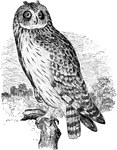
Short-eared Owl
"Asio accipitrinus. Short-eared Owl. Marsh Owl. Ear-tufts inconspicuous, much shorter than middle toe…
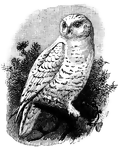
Snow Owl
Nyctea scandiaca." The great white or snowy owl, Strix nyctea or Nyctea scandiaca, inhabiting arctic…
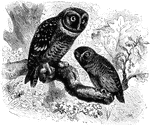
Saw-whet and Sparrow Owls
"Nyctala - Saw-whet Owls. Skull and ear-parts highly unsymmetrical, the the latter of great size, and…
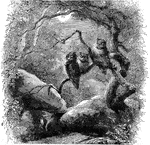
Screech Owls
"Scops. Little Horned Owls. Screech Owls. Like the miniature Bubo in form (all our species under a foot…

